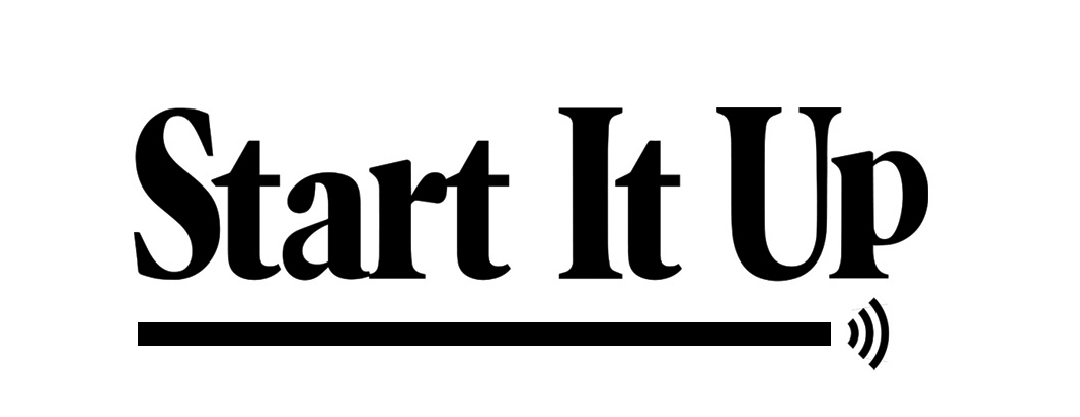Mobile app development can be a complex process, but it can be made easier with the help of third-party libraries. Third-party libraries are pre-written code modules that are created by other developers and can be used to add functionality and features to an app. These libraries can save developers time and effort, allowing them to focus on other aspects of the app’s development. In this article, we will explore some of the most popular third-party libraries that can be used for mobile app development.
User Interface (UI) Libraries
User Interface (UI) libraries are designed to help developers create visually appealing and user-friendly interfaces for their apps. These libraries provide pre-built UI components that can be easily customized to fit the app’s design. Some popular UI libraries for mobile app development include:
- React Native
React Native is a UI library that allows developers to create native apps for both iOS and Android platforms using the same codebase. React Native’s modular architecture allows developers to build and reuse UI components across different screens and apps.
- Flutter
Flutter is a UI toolkit that allows developers to build beautiful and fast apps for both iOS and Android platforms. Flutter’s hot reload feature enables developers to quickly test and iterate on their UI designs.
- Material Design
Material Design is a design language created by Google that provides a set of guidelines for designing apps. Material Design provides UI components that are easy to use and customizable. Material Design is available for both iOS and Android platforms.
Networking Libraries
Networking libraries are designed to help developers connect their apps to the internet and fetch data from servers. These libraries provide an easy-to-use interface for making HTTP requests and handling responses. Some popular networking libraries for mobile app development include:
- AFNetworking
AFNetworking is a popular networking library for iOS development. AFNetworking provides a set of classes that make it easy to make HTTP requests, parse JSON responses, and handle errors.
- Retrofit
Retrofit is a popular networking library for Android development. Retrofit allows developers to define REST API endpoints as Java interfaces and automatically generate the necessary code for making HTTP requests.
- Alamofire
Alamofire is a popular networking library for iOS development. Alamofire provides a set of classes that make it easy to make HTTP requests, parse JSON responses, and handle errors. Alamofire also supports uploading and downloading files.
Database Libraries
Database libraries are designed to help developers store and manage data in their apps. These libraries provide an easy-to-use interface for interacting with a database. Some popular database libraries for mobile app development include:
- Core Data
Core Data is a database library that is built into iOS. Core Data provides an object-oriented interface for storing and retrieving data. Core Data supports multiple data stores, including SQLite and in-memory stores.
- Realm
Realm is a database library for both iOS and Android development. Realm provides a simple and fast database solution that is easy to use and provides automatic data synchronization across devices.
- Room
Room is a database library for Android development. Room provides a simple and easy-to-use interface for storing and retrieving data. Room also supports automatic query generation and database migrations.
Analytics Libraries
Analytics libraries are designed to help developers track user behavior and gather insights into how users interact with their apps. These libraries provide an easy-to-use interface for logging events and generating reports. Some popular analytics libraries for mobile app development include:
- Google Analytics
Google Analytics is a popular analytics library for both iOS and Android development. Google Analytics provides real-time analytics, user segmentation, and custom reports. Google Analytics also integrates with other Google services, such as AdWords and Firebase.
- Mixpanel
Mixpanel is an analytics library for both iOS and Android development. Mixpanel provides user tracking, funnel analysis, and A/B testing. Mixpanel also supports push notifications and in-app messaging.
Selecting Third-Party Libraries
Third-party libraries can be incredibly helpful for mobile app developers. They can save developers time and effort, provide pre-built functionality and features, and help ensure that apps are well-designed and easy to use. However, it’s important to choose third-party libraries carefully and to understand their strengths and weaknesses.
When selecting third-party libraries, developers should consider factors such as the library’s popularity, its compatibility with their app’s platform, its documentation and community support, and its security and reliability. It’s also important to stay up-to-date with the latest versions of libraries and to keep an eye out for security vulnerabilities and other issues.
In summary, third-party libraries can be a valuable tool for mobile app developers. Whether you’re looking to add UI components, connect your app to the internet, store and manage data, or track user behavior, there are many high-quality libraries available that can help you achieve your goals. By using these libraries wisely and staying informed about their strengths and weaknesses, developers can create high-quality apps that meet the needs of their users.

